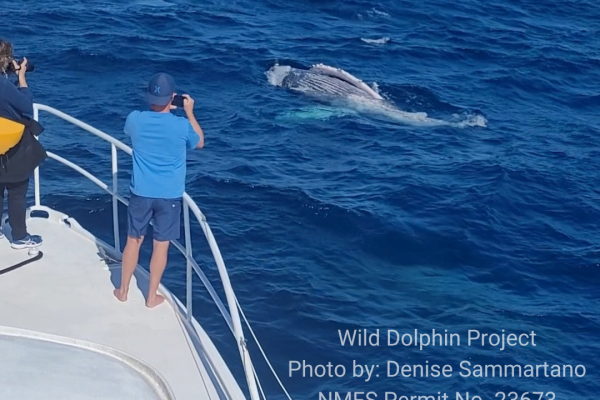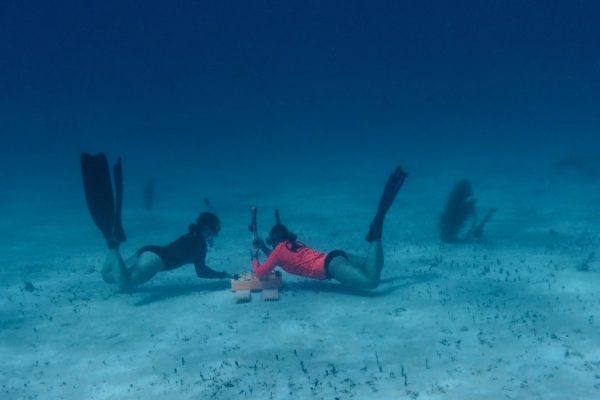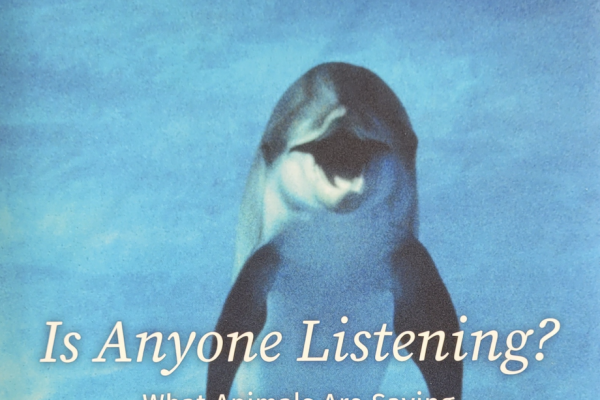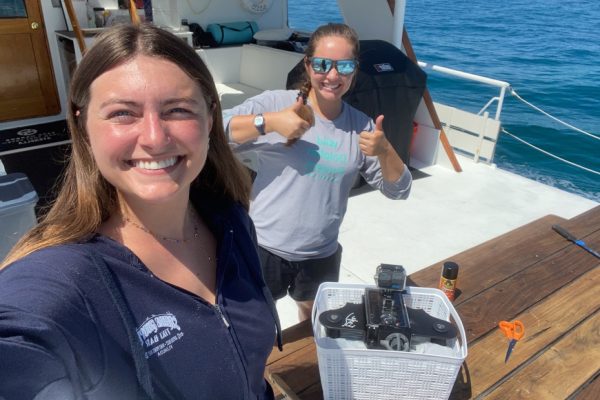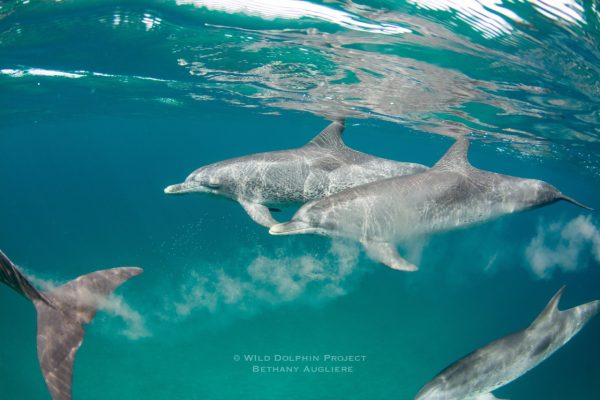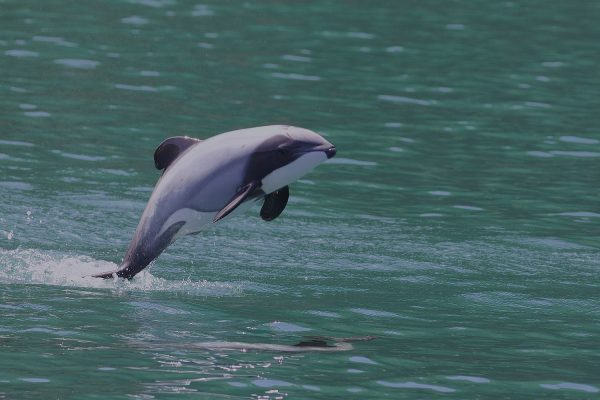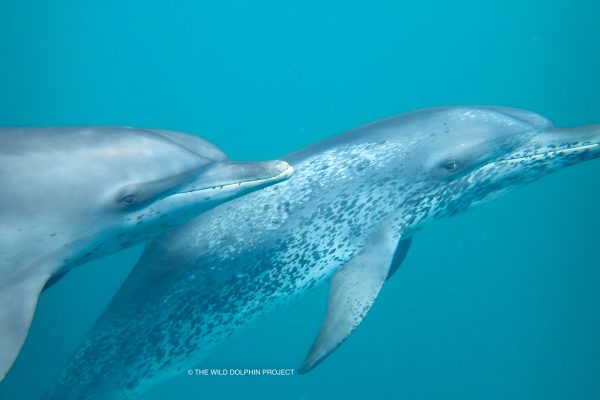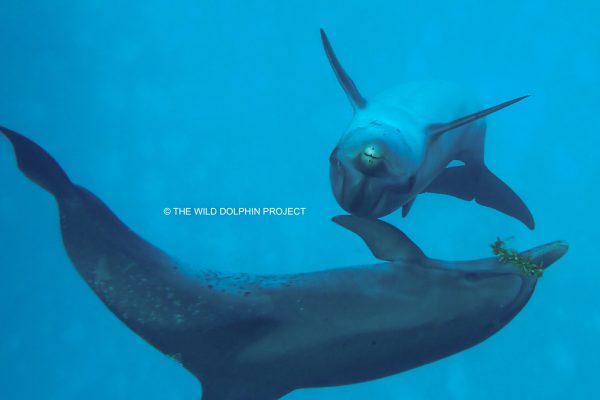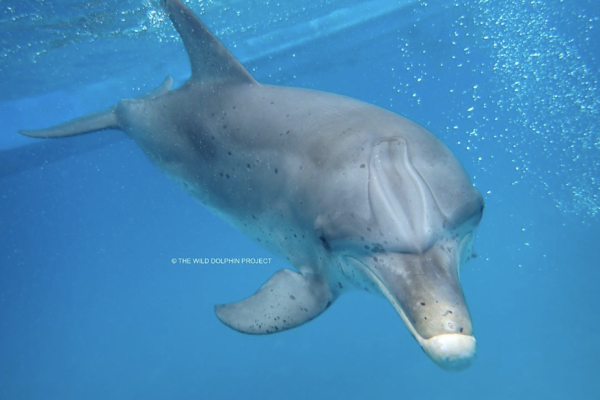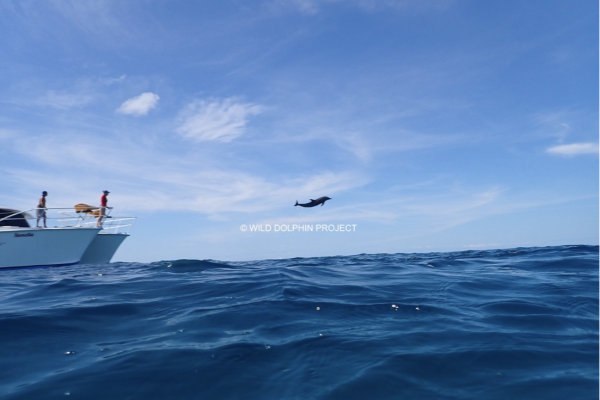Unexpected Ocean Encounter: Bottlenose Dolphins and Humpback Whale Spotted Together
Chilly Monday Morning Surprise After a couple very windy months we finally got out on the water for an unexpected shakedown Florida day of permitted dolphin ID work. It’s not unusual to see bottlenose dolphins, and even Atlantic spotted dolphins on occasion. Sure enough a group of bottlenose dolphins were
The Hydromoth- a Passive Acoustic Monitoring Device
Meet the Hydromoth! We’re excited to introduce our newest research tool—meet the Hydromoth! It’s not just any gadget; this little device is a game-changer for marine mammal research. So, what exactly is a Hydromoth, and why are we so pumped about it? The Hydromoth is an open-source passive acoustic monitoring
Hot Off The Press!
Is Anyone Listening? What Animals Are Saying to Each Other and to Us This compelling book dives deep into the ways dolphins communicate with each other—and even with humans—offering readers a unique glimpse into her pioneering work on interspecies understanding. A must-read for anyone curious about animal communication and intelligence!
Eagle’s Nest- Our Latest Camera & Audio
Introducing our newest DIY project: the Eagle Nest! This season, we were thrilled to start using a new camera model—Eagle—which has all of the essential components of our last camera: a GoPro video camera and our TASCAM audio recording device. Eagle is extra special though because it has a 360-degree
The Evolution of Dolphin Research: Embracing New Technology
Dolphin research has come a long way from the days of underwater film cameras and limited shot counts. Today, technology plays a pivotal role in enhancing our understanding of these animals, from advanced sound processing to high-definition video and innovative underwater communication systems. From the Sky Drones are revolutionizing marine
Around the World: Unique Dolphin Species
Exploring the Unique Dolphin Species Around the World Dolphins are among the most intelligent and charismatic creatures in the ocean, captivating us with their playful behavior and complex social structures. While the common bottlenose dolphin is most familiar, spotted near shorelines and found in aquariums worldwide, the world’s oceans
Trip 7 Explorations on LBB
We’ve just returned from our last trip of the 2024 season, and though it’s always a bit bittersweet to wrap up the summer, we couldn’t have asked for a better final adventure. This trip was packed with exciting encounters and amazing team work, making it truly one for the books!
New Faces and Mother Nature
From Sun and Storms to New Friends: Reflections on Our 6th Field Research Adventure in the Bahamas With the completion of our sixth trip, the reality of the 2024 field season’s end has hit us all at the Wild Dolphin Project. Mother Nature made sure that we closed the season
Adventures with Carl Safina: Unforgettable Encounters of Trip 5
On The Hunt in LBB Hello! We’ve just wrapped up our fifth trip of the summer, and it’s hard to believe that the field season is nearing its end. Trip 5 was truly special as we had renowned ecologist and author, Carl Safina, aboard the Stenella. Carl, who was also
Dolphin Detective Work and Aerials
Crossing Into Adventure Hey everyone! I know it has been a while since you’ve heard from us here at the Wild Dolphin Project, but we are back from trip 4 with lots of stories to tell you. So, grab some popcorn and tea or coffee and settle in for the

